Sustainability
Becoming Biodegradable
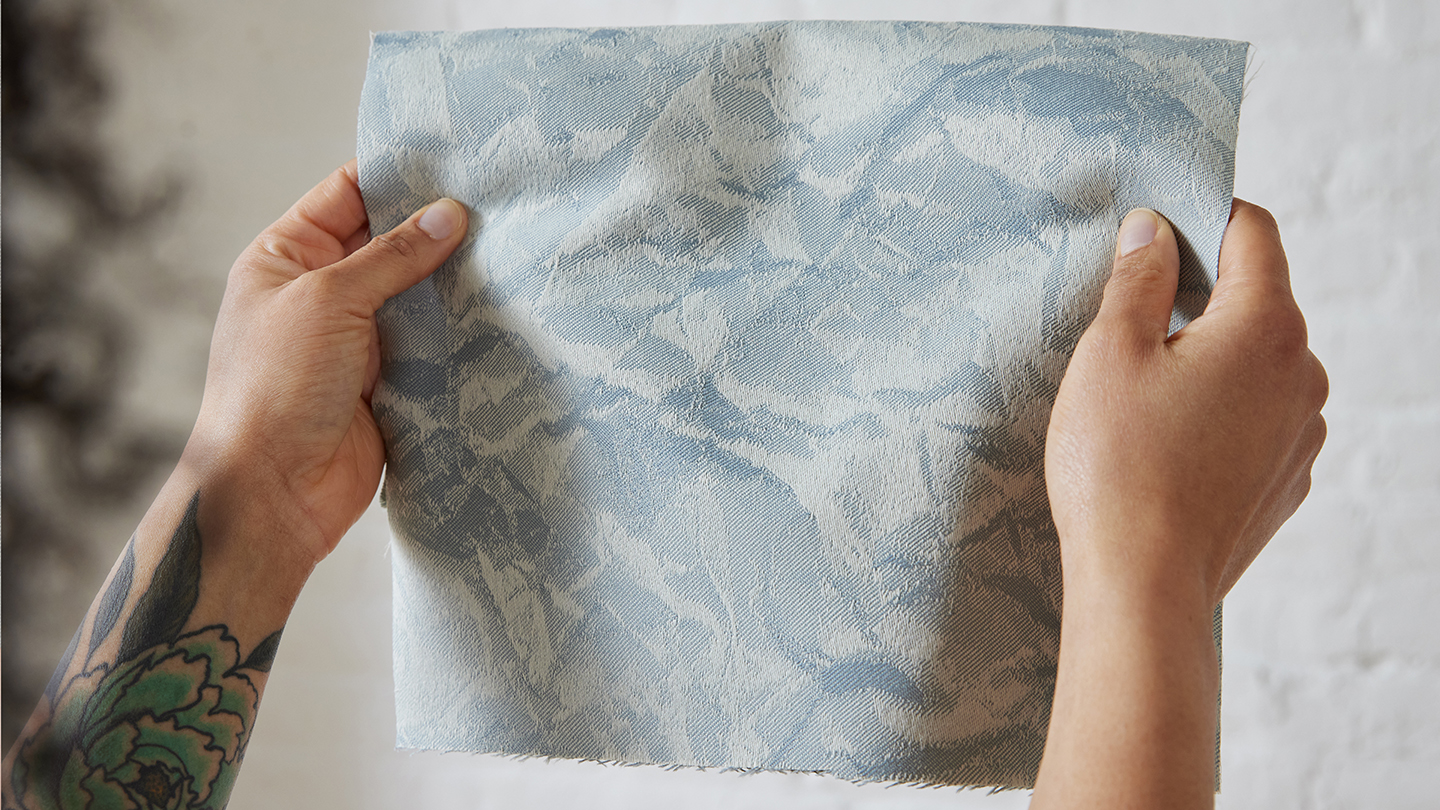
Becoming Biodegradable
For decades, the commercial interiors industry has looked for upholstery that is hard-wearing, beautiful, versatile, and environmentally friendly. The first three attributes have been easy to achieve. The last – creating a product based on principles of circularity and reduced environmental harm – has been more elusive.
Synthetic textiles in commercial interiors today are widespread, with most woven from plastic-based acrylic, nylon or polyester yarns that are cut and sewn in factories. Almost all are chemically produced and non-biodegradable. And nearly everything is ending up in the landfill.
The EPA estimates that 9 million tons of furniture are thrown away every year — roughly 5% of everything brought to landfills.
How can we change?
HBF Textiles has launched three textile patterns made from 100% post-consumer recycled polyester. Better yet, the three contain a catalyst that makes them 91%-93% biodegradable. HBF Textiles patterns Digital Bloom 2.0, Skim Coat and Crumpled Paper were all introduced with these innovations in materials technology.
Discover HBF Textiles’ biodegradable fabrics:
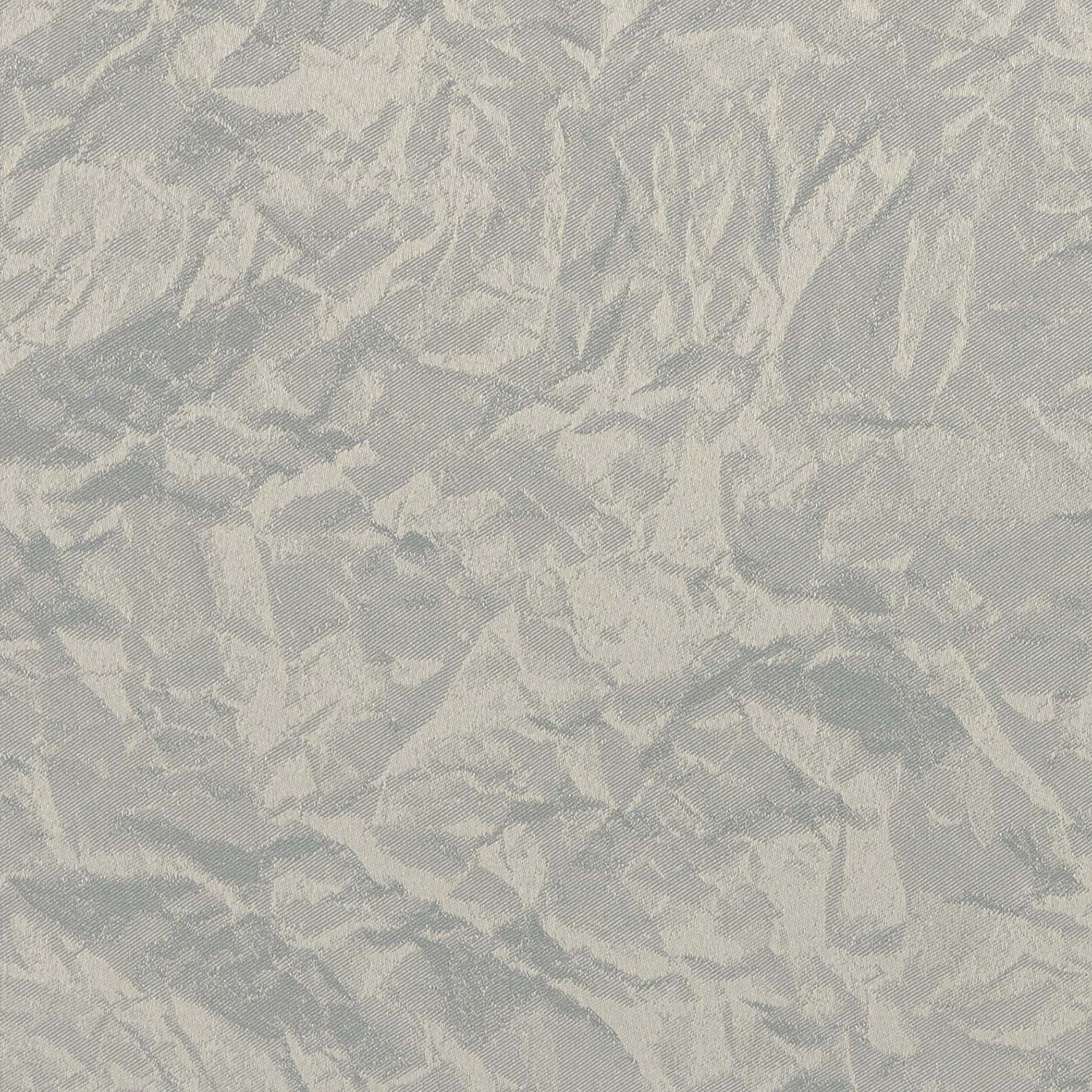
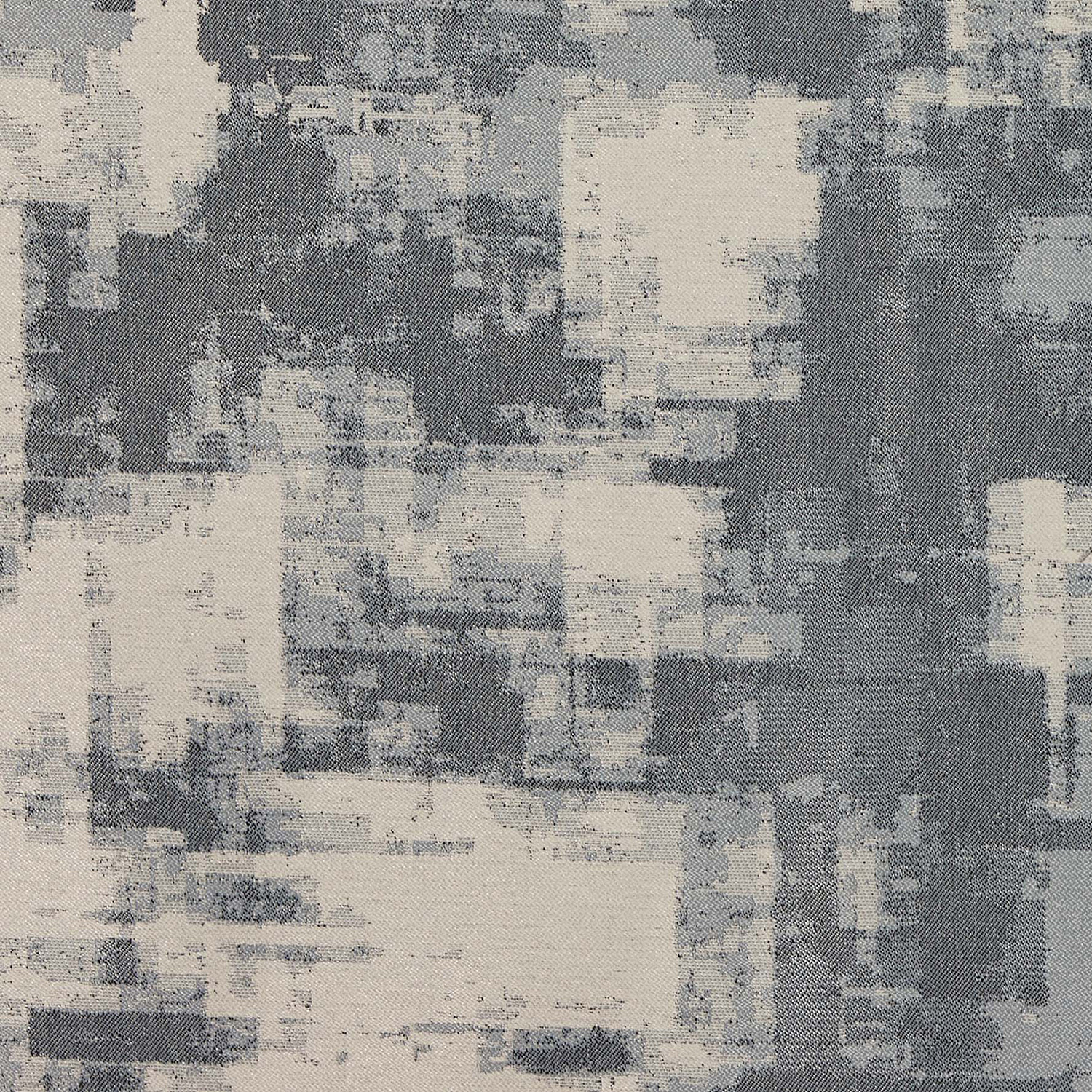
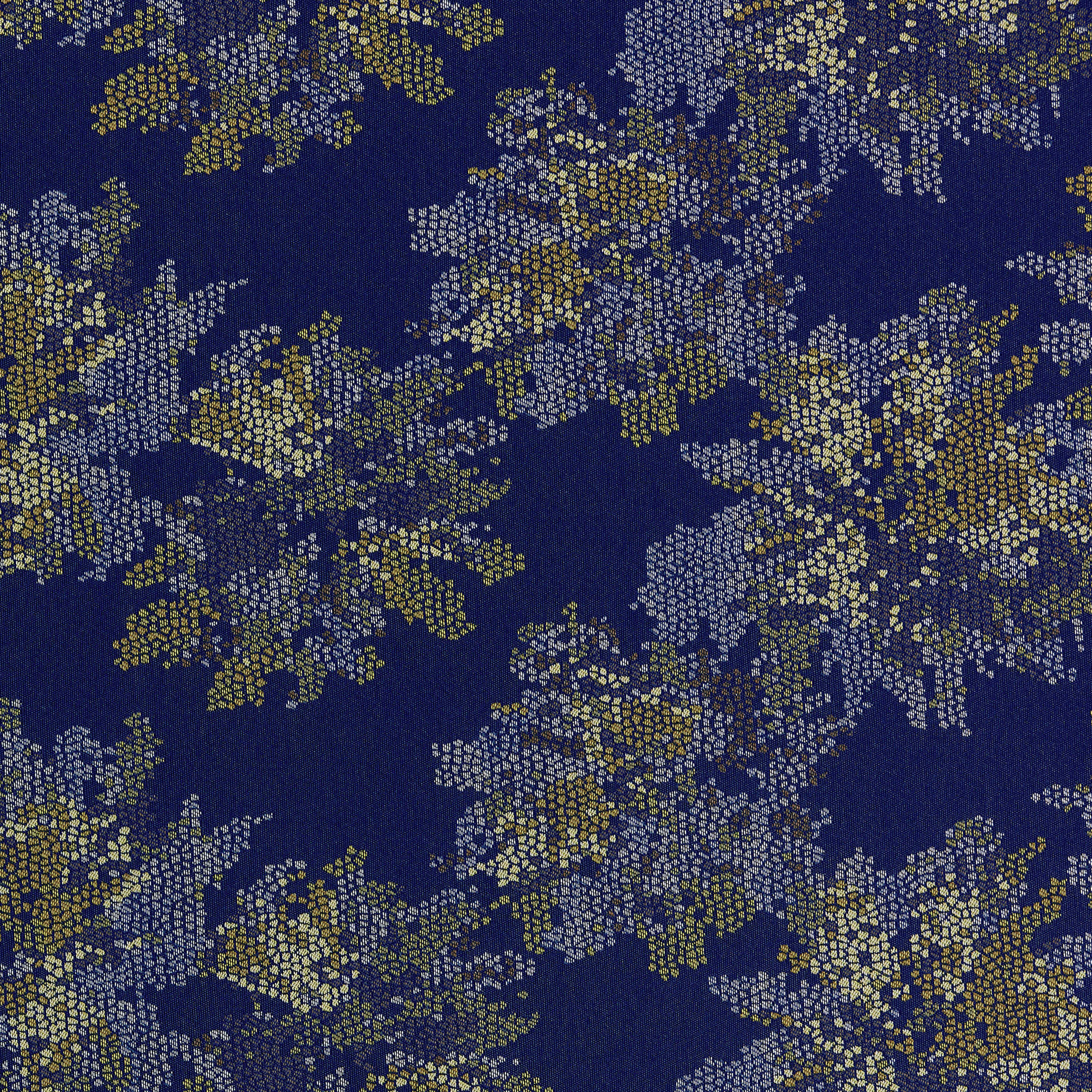
Clothing brands like The North Face, Patagonia and H&M are working to increase recycling and working on new biodegradable fabrics in their industry, but the interiors industry has been slower to respond. Still, change is coming.
HBF Textiles’ new patterns are part of a growing industry (in some cases, literally) that is changing the way textiles are produced. New methods are proving that bioengineered fabrics will have a place in our future too. These are textiles made from living bacteria, algae, yeast, animal cells or fungi that would break down into nontoxic substances when eventually thrown away. Such methods could reduce waste and pollution.

Skim Coat textile upholstered on Sectional and Skim Coat textile upholstered on wrapped panel
What makes HBF Textiles’ new materials biodegradable?
For HBF Textiles, its new designs rely on technology that allows them to biodegrade naturally in landfill. Simply put, a catalyst additive is mixed with the recycled polyester, creating a food for microbes. When the textile is exposed to moisture in an anaerobic condition (like those found in a landfill, wastewater treatment system or the ocean), the fabric begins to break down.
Natural fabrics like cotton and hemp biodegrade within a matter of decades, but most polymer fabrics will remain in the environment for hundreds of years. In fact, nylon can take up to 200 years before being fully decomposed if thrown away in a landfill. That’s what makes these Clean Impact Textiles™ so unique. They break down in less time than it takes for your driver’s license to expire — a few short years.
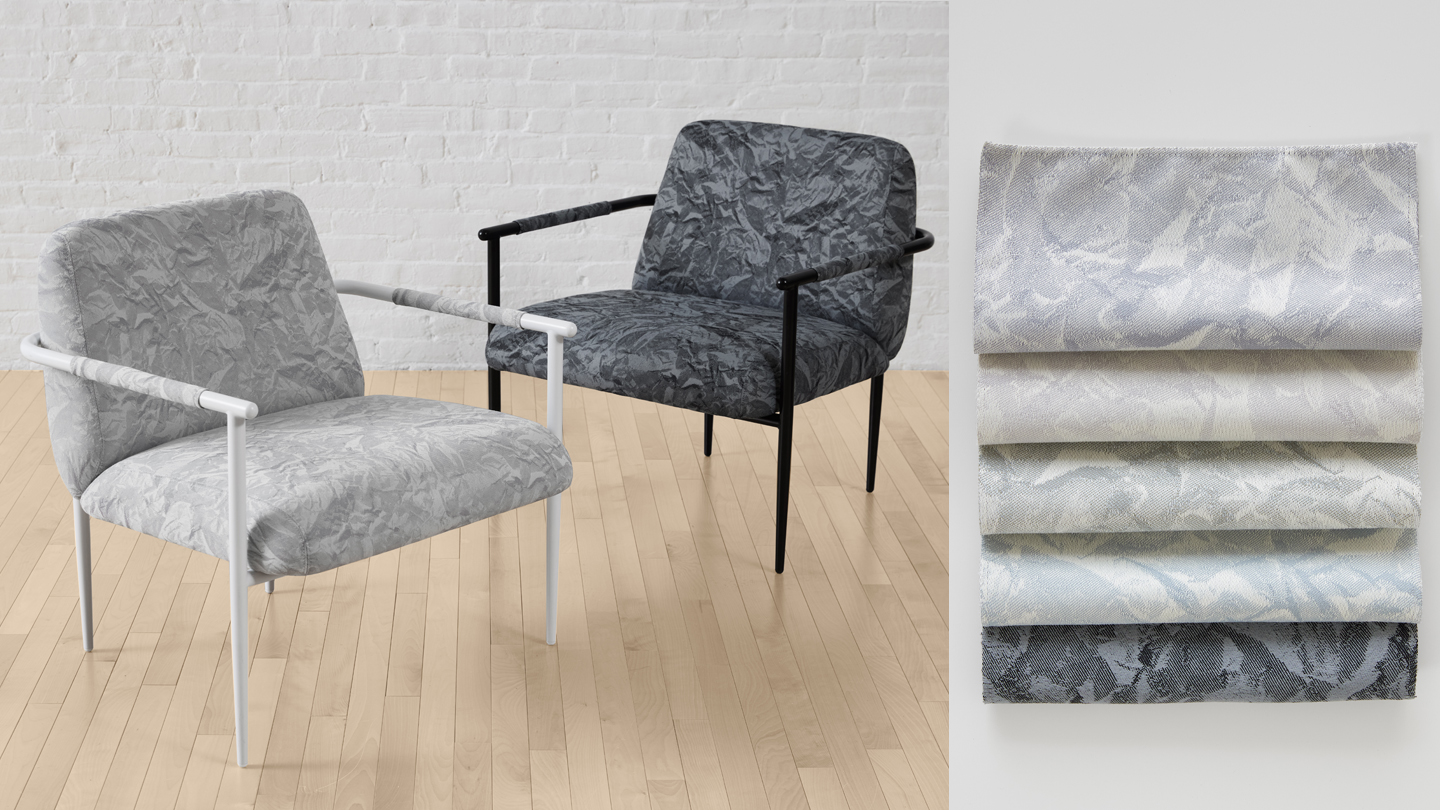
Eco-friendly designs introduced by HBF Textiles perform the same as standard polyester textiles. The biodegradable textiles meet or exceed the ACT performance guidelines for heavy duty upholstery, which include abrasion, flammability, crocking, colorfastness and physical properties testing. They also are assessed and certified for the NSF/ANSI 336 standard. HBF Textiles' new patterns are available in a spectrum of colors and can contribute to LEED points for recycled content, materials and resources. They are all bleach-cleanable.
Discover Biodegradable Patterns
Read the Biodegradable Polyester FAQs
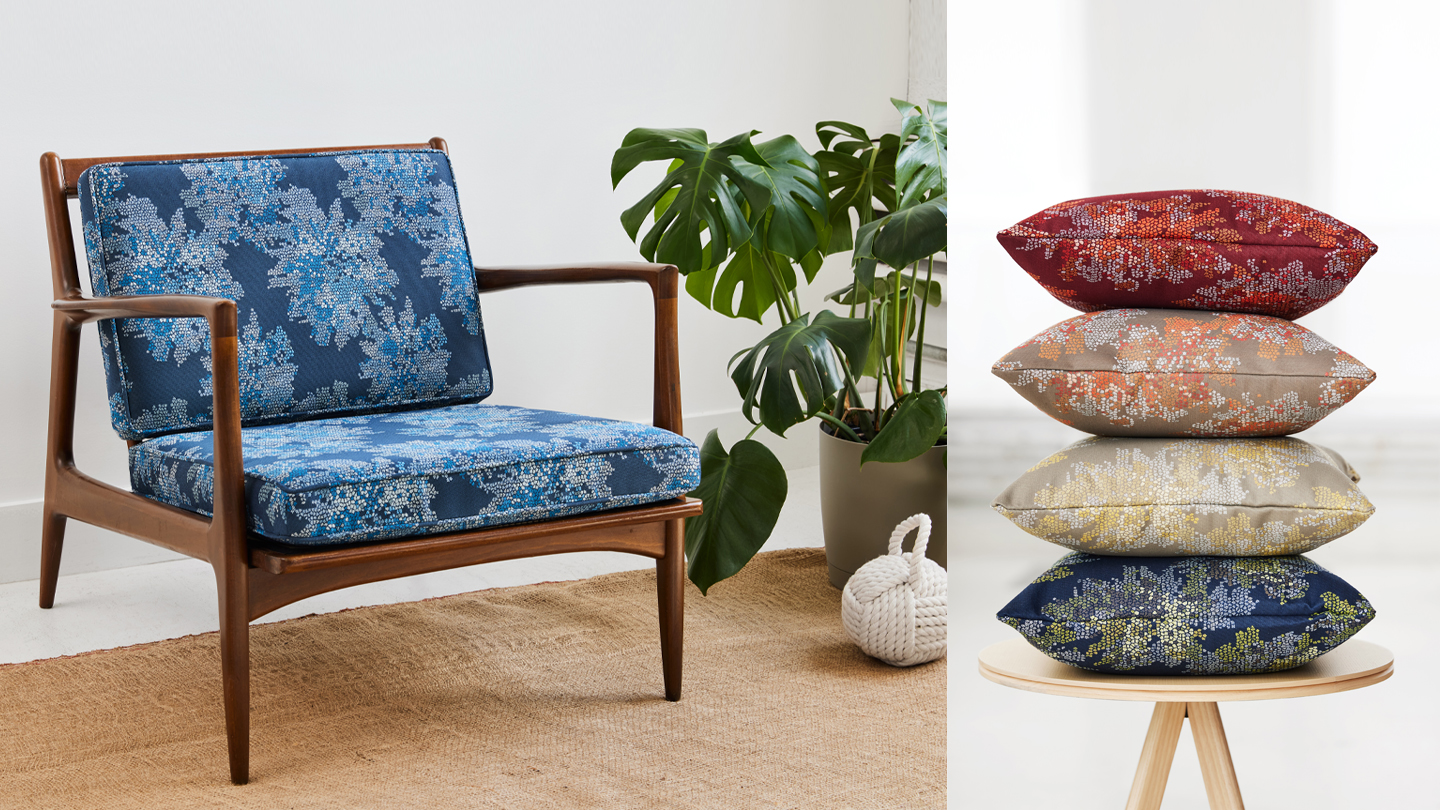
What’s the story behind Polyester?
Polyester is a synthetic, man-made fiber that was first created in a lab by British chemists John Rex Whinfield and James Tennant Dickson, employees of the Calico Printer's Association of Manchester. They patented “polyethylene terephthalate” (also called PET or PETE) in 1941, after advancing the early research of Wallace Carothers. But the man-made fiber exploded in use after chemical giant DuPont began producing it for use in everything from clothing to furniture.
Polyester is the world’s most popular fabric, and has been since the 1960s, mostly because of its functionality. Because of its molecular structure, polyester is resistant to stretching and shrinking, easy to clean, quick to dry, and less prone to creasing. According to Textile Exchange, it is the most widely used fiber in the world with a share of 52% of global fiber production in 2018.
Despite its popularity and functionality, polyester has serious environmental drawbacks. Polyester requires high amounts of energy to produce. The energy required to produce polyester and the greenhouse gas emitted make it a high-impact process.
Choosing recycled polyester means the consumer is able to capitalize on its durability without the increased carbon footprint of virgin polyester.
A 2017 research study found that manufacturing recycled polyester generates 79% less carbon emissions than producing its virgin counterpart.
There is hope. Since polyester is made of plastic, it is recyclable, but very little of it is making its way back into the economy. A better bet is picking a textile that is biodegradable — one that can be recycled, but if it is not, can be absorbed back into the environment.
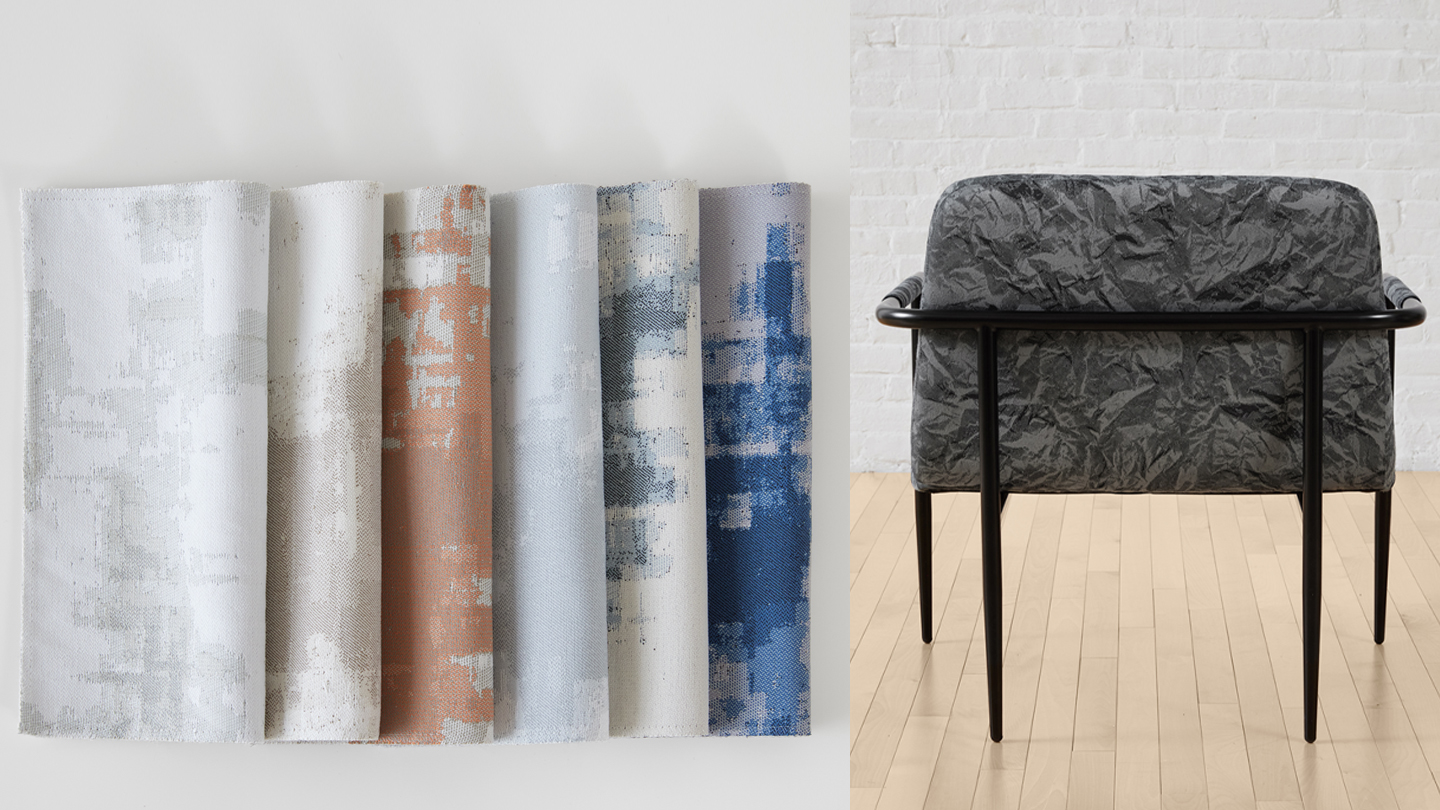
How are we moving towards sustainable textiles?
The furniture and interiors industries are beginning to move toward sustainable textiles, but the trend toward green fabrics is currently being led by the fashion industry.
So why not furniture? Eco-friendly textiles are the wave of the future. As strong as traditional textiles, as vibrantly colored and now biodegradable, these sustainable fabrics deserve a place in your next project.
Discover HBF Textiles’ biodegradable fabrics:



Contact Us for More Information
Read the Biodegradable Polyester FAQs